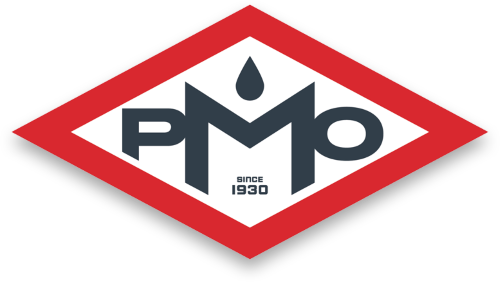4 TIPS FOR MANAGING YOUR DIESEL EXHAUST FLUID PROGRAM

Diesel exhaust fluid (DEF) is here to stay. Yes, it's one more thing to keep track of in a busy working day. However, if you want your Tier 4 Final engines to meet tougher emissions standards, DEF is actually a good thing.
There are a few details to know about managing a DEF program. Follow the tips below to successfully implement your DEF program on and off-road.
UNDERSTAND WHAT DEF DOESUNDERSTAND WHAT DEF DOES
DEF is composed of water and urea. The mixture works in combination with an engine's selective catalytic reduction (SCR) system. Using particulate filters and small mists of DEF, the SCR takes environmentally damaging diesel emissions and reduces them to harmless nitrogen and water vapor.
This means you can run your diesel engines at their capacity and produce virtually no emissions. DEF allows you to be compliant with all of your SCR-outfitted diesel machines. DEF also allows you to run off-road machines over the road when necessary without violating emissions regulations.
KEEP YOUR DEF CLEAN
One of the issues with DEF is high sensitivity to contamination. It only takes one-tenth of a teaspoon of zinc, chromium, nickel, or copper to contaminate 5,000 gallons of DEF. It only takes two teaspoons of the following materials to contaminate the same 5,000 gallons of DEF:
- Calcium
- Sodium
- Potassium
- Aluminum
- Phosphorous
- Magnesium
- Iron
STORE YOUR DEF PROPERLY
If you don't have a DEF pump on site, be sure to store your DEF containers in an area that's out of direct sunlight. A cool, clean, dry storage place is best for DEF. When you purchase new containers, move the older DEF containers to the front of the storage area so you use the old containers first. In Florida and warmer areas of the southern U.S., DEF has a shelf-life between a year and 18 months.
DEF is not harmed by freezing, but leave some expansion room at the top of containers if they will be stored in freezing conditions. The DEF will need to be thawed out before you pour it into any machines.
KEEP TRACK OF FUEL AND DEF USE
The amount of DEF your engine uses depends on the type of machine you're running with the diesel fuel and additive. It's important to keep close track of your total fluid consumption to monitor your operating costs accurately.
For example, off-road engines may consume an amount of DEF that's anywhere from two to ten percent of the total actual diesel fuel consumed. Engines made with built-in SCR exhaust systems may use less DEF, depending on the style of the SCR and the type of machine being operated.
When you keep close track of your equipment's engine hours/mileage rates and your fuel -and-DEF usage rates, you'll notice early on when there's a problem with a given machine's efficiency or operation.
Having a dedicated fuel supplier is very helpful when establishing a DEF program. Your fuel supplier will give you accurate specifics on the ratio of DEF to fuel you should expect to consume over a given engine-operation period.
You have control over the quality of the DEF source rather than relying on a variety of sources to acquire enough DEF for your machines. You can keep better track of fuel and DEF expenses through invoices rather than tracking dozens of receipts from various fuel and DEF suppliers.
Trust the fuel and DEF experts at Paul Murray Oil Inc to help you manage all of your fleet's fuel and lubrication needs.
